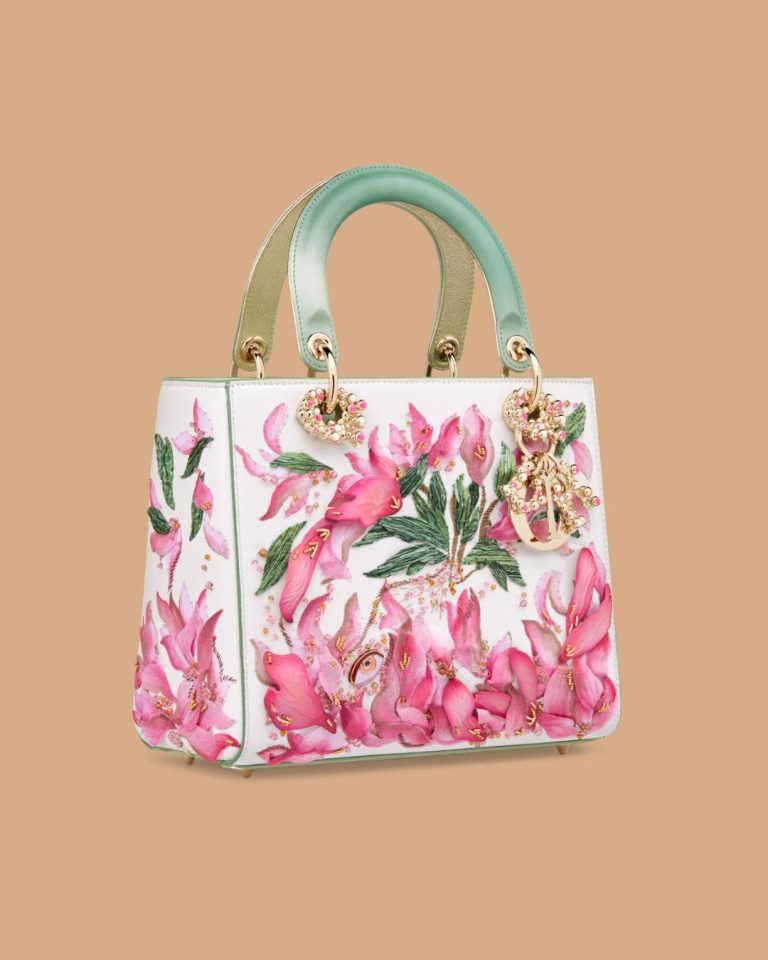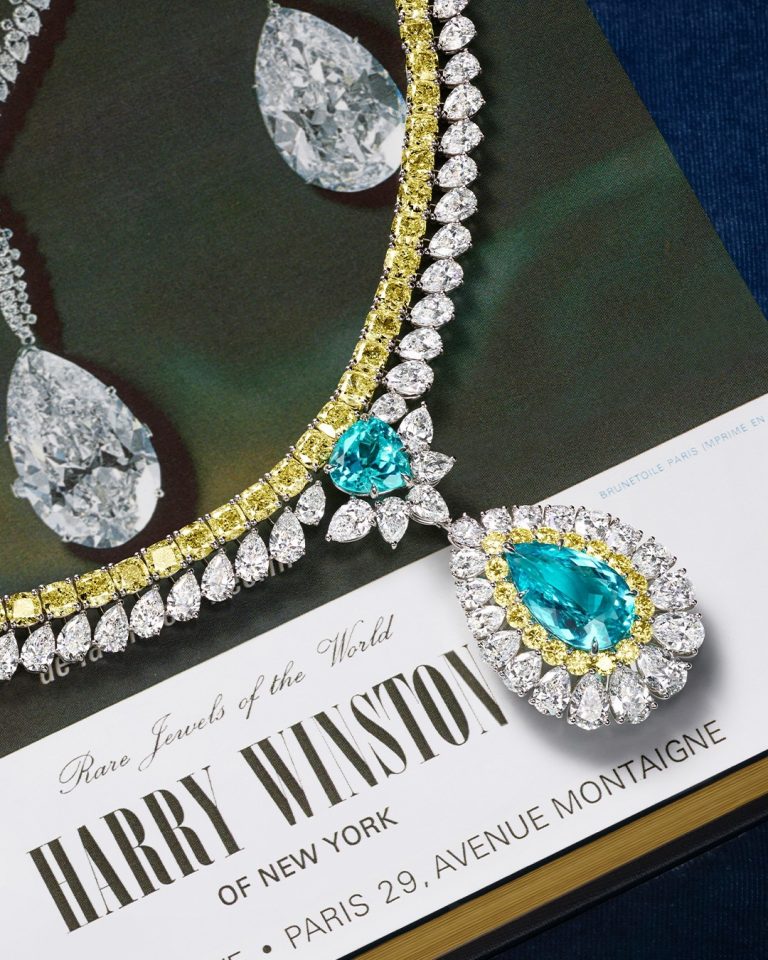In the heart of Japan’s bustling port town of Toba, a young Kokichi Mikimoto stood by the shore, mesmerized by the gleaming orbs hidden within oysters. Born to a humble noodle shop owner, he did not inherit a legacy of jewelers, yet he dared to dream of a world where pearls—once reserved for royalty and the elite—could be accessible to all.
In the late 19th century, natural pearls were among the most coveted and expensive gems, their rarity making them a symbol of ultimate luxury. But Mikimoto believed that nature’s treasures could be cultivated rather than merely harvested. Growing up by the sea, he watched pearl divers vanish beneath the waves in search of these elusive gems, and he became determined to unlock the secret of their formation. If nature could create such perfection, he reasoned, science could replicate it.
Thus began his decades-long quest—one of relentless experimentation, scientific ingenuity, and unwavering perseverance—to revolutionize the pearl industry forever.

The Birth of Cultured Pearls
The delicate art of culturing pearls hinged on a simple yet revolutionary concept: inserting an irritant into an oyster’s soft tissue to stimulate pearl formation. However, perfecting the technique posed immense challenges. The health of the oysters, environmental factors, and the precise execution of the process all played critical roles in determining success.
Undeterred by the unknown, Mikimoto embarked on his daring venture in 1888. Armed with little more than ambition and a loan, he and his wife, Ume—who was both his partner in life and business—established a pearl oyster farm at the Shinmei inlet on Ago Bay, in what was then Shima province. At the time, pearls were among the rarest of gems, formed only by chance in nature. The idea of producing them artificially was dismissed as impossible.
A turning point came in 1890 when Mikimoto attended the Third Domestic Fair in Ueno Park, Tokyo. There, he met Kakichi Mitsukuri, a marine biologist trained at Yale and Johns Hopkins. Mitsukuri introduced him to a groundbreaking concept: stimulating Akoya oysters to grow pearls by inserting an irritant inside their shells. This revelation became the foundation of Mikimoto’s life’s work.
With renewed determination, Mikimoto and Ume dedicated themselves to experimentation, conducting trials both at their farm and on what is now known as Mikimoto Pearl Island in Toba. But success remained elusive. Months passed without results, and disaster struck when a red tide epidemic devastated their oyster population, pushing them to the brink of financial ruin.
Refusing to surrender, the couple adapted their approach. They began using semiglobular mother-of-pearl beads as an irritant, refining their method with relentless perseverance. Finally, on July 11, 1893, after years of painstaking trial and error, their patience was rewarded—they successfully cultivated their first semi-spherical cultured pearl, marking the dawn of a new era in the pearl industry.

The Grand Breakthrough
The breakthrough was monumental, but Mikimoto knew his work was far from over. In 1897, he introduced his semi-spherical pearls at a marine products exposition in Norway, marking the beginning of his export business. Just as his dream was gaining momentum, tragedy struck—his beloved wife, Ume, passed away suddenly at the age of 32, leaving him to care for their five young children alone. As if that heartbreak weren’t enough, another devastating red tide nearly wiped out his oyster beds for a second time.
Yet, despite these crushing setbacks, Mikimoto refused to falter. His relentless pursuit of perfection paid off in 1905 when he made a historic discovery—an oyster had produced the first perfectly spherical cultured pearl. This breakthrough brought him one step closer to his vision, but there was still work to be done. It took another eight years of refinement before commercial harvests became viable in 1913. By 1917, Mikimoto had perfected the art of creating pearls so exquisite they were virtually indistinguishable from the finest natural specimens. What had once been dismissed as an impossible dream was now a reality—one that would revolutionize the world of jewelry.
The world marveled at this extraordinary fusion of art and science, recognizing Mikimoto’s achievement as nothing short of groundbreaking. His discovery did not go unnoticed—it was celebrated and rewarded on the global stage.
By the early 20th century, Mikimoto pearls had gained international acclaim. Exhibitions in Paris, London, and beyond showcased the brilliance of his cultured pearls, challenging long-held notions of exclusivity in the jewelry market.
And so, the son of a humble noodle shop owner became known as the ‘Pearl King.’ With the birth of cultured pearls, Mikimoto didn’t just make history—he laid the foundation for a lasting legacy. But his journey was far from over.

The Rise of the Mikimoto Empire
With the success of cultured pearls, Mikimoto wasted no time in elevating his vision. In 1899, he opened his first pearl boutique in Tokyo’s fashionable Ginza district, where his exquisite designs quickly captivated admirers. His pearls, once a radical idea, were now symbols of sophistication and innovation.
Yet, not everyone embraced his revolution. Traditional pearl divers and traders saw cultured pearls as a threat to their livelihoods, resisting his innovation. In Paris, some jewelers scoffed, dismissing his pearls as inferior to their natural counterparts. But Mikimoto was undeterred. He tirelessly championed his creations, going so far as to set fire to an entire batch of subpar pearls in front of his boutique—an audacious display of his unwavering commitment to quality.
His perseverance paid off. By the early 20th century, Mikimoto pearls had achieved worldwide acclaim, adorning the necks of queens, Hollywood stars, and aristocrats.
The brand’s early designs reflected a harmonious blend of traditional Japanese artistry and Western elegance. Delicate brooches, inspired by nature, featured motifs of cherry blossoms and ocean waves, meticulously crafted in gold and enamel. Soon, elegant multi-strand pearl necklaces and intricate hair ornaments followed, each piece exuding timeless sophistication.
As Mikimoto’s reputation flourished, so did his ambition.

Innovations and Craftsmanship

The name Mikimoto became one of the first Japanese brands to achieve global recognition, and Mikimoto himself seized every opportunity to showcase the beauty and refinement of his pearls personally.
To maintain the highest standards, he implemented a meticulous grading system, ensuring that only the most luminous, flawlessly round pearls bore his name. Each pearl was scrutinized for luster, surface quality, shape, and color—standards that remain the benchmark for excellence today.
Mikimoto’s pearls dazzled on the world stage. At the 1926 Philadelphia Sesquicentennial International Exposition, he unveiled The Pearl Pagoda—an intricate structure adorned with 12,760 Mikimoto pearls, crafted by 750 artisans over six months.
For the 1937 Paris International Exhibition, he introduced a groundbreaking brooch designed with interchangeable clasps, allowing it to be worn in multiple ways. This innovation not only highlighted his artistic mastery but also his foresight in jewelry versatility.
At the 1939 New York World’s Fair, Mikimoto presented yet another masterpiece—a one-third-scale replica of the Liberty Bell encrusted with 12,250 pearls. Today, these extraordinary creations reside in the Pearl Museum on Mikimoto Pearl Island in Toba, Japan, alongside a collection of rare natural pearl jewelry and “The Boss’s String of Pearls.” This remarkable necklace, painstakingly curated by Mikimoto over a decade, features 49 large pearls, crowned by a breathtaking central pearl measuring 14 millimeters in diameter.

Beyond pearls, Mikimoto revolutionized jewelry design, pioneering creations that transcended time. From the intricate Art Deco masterpieces of the 1920s to modern sculptural expressions, Mikimoto’s artisans seamlessly blended traditional craftsmanship with contemporary aesthetics. His unwavering devotion to excellence ensured that every Mikimoto piece was not merely jewelry—it was a work of art.
Mikimoto’s Cultural and Fashion Influence

Mikimoto’s vision extended far beyond exhibitions and collections. He once declared to the Emperor of Japan, “I would like to adorn the necks of all the women in the world with pearls.”
What once seemed an audacious dream became reality as Mikimoto pearls graced the most sophisticated and elegant women across the globe.
Throughout the 20th century, Mikimoto pearls became synonymous with timeless elegance, adorning royalty, Hollywood icons, and dignitaries alike. Marilyn Monroe, Jackie Kennedy, and Princess Grace of Monaco were among the many who embraced the brand’s luminous treasures, solidifying their status as the ultimate symbol of sophistication and prestige.
Mikimoto also played a transformative role in making pearls not just a luxury for aristocrats but an essential element of modern fashion. Further cementing its global presence, the brand served as the official jeweler for Miss USA (2003–2008), Miss Universe (2002–2007, 2017–2019), and Miss Teen USA (2002–2008)—a testament to its enduring influence and universal appeal.

Beyond pageantry, Mikimoto’s legacy became deeply intertwined with royalty. In June 2013, the brand was entrusted with crafting a breathtaking five-piece parure to commemorate Princess Kako of Akishino’s 20th birthday. Valued at ¥30 million JPY (US$279,000), the set featured a resplendent tiara adorned with floral motifs and national symbols of Japan—a masterpiece that epitomized Mikimoto’s unparalleled craftsmanship and regal elegance.

Avant-Garde Designs in the Modern Era
While Mikimoto’s legacy is deeply rooted in tradition, the brand continues to evolve, seamlessly blending heritage with innovation. In recent years, Mikimoto has embraced avant-garde design, redefining pearl jewelry with bold settings, unconventional materials, and cutting-edge craftsmanship. These contemporary creations challenge traditional aesthetics while maintaining the brand’s unwavering commitment to excellence.
Mikimoto x Comme des Garçons Collection

Mikimoto’s collaboration with Comme des Garçons shattered conventional perceptions of pearl jewelry. Launched in 2020, the collection introduced a bold, punk-inspired aesthetic that stood in stark contrast to Mikimoto’s traditionally refined designs. Featuring oversized pearl strands, asymmetrical arrangements, and unexpected pairings with blackened silver and leather, the pieces embodied designer Rei Kawakubo’s signature deconstructionist approach to fashion. The raw, unpolished beauty of these designs appealed to a younger, edgier clientele while maintaining the luxurious craftsmanship synonymous with Mikimoto.
By incorporating safety pins, chain links, and a rebellious attitude into pearl jewelry, the collection redefined pearls for the 21st century—transforming them into statements of bold individuality. The release garnered widespread attention in fashion circles, gracing major runways and adorning celebrities unafraid to embrace high fashion’s avant-garde edge.
Les Pétales Place Vendôme Designs

Inspired by the delicate beauty of falling petals, Mikimoto’s Les Pétales Place Vendôme collection is a poetic homage to Parisian elegance and nature’s fleeting perfection. Each piece features soft, organic curves reminiscent of rose petals, meticulously crafted in white gold and adorned with the finest Akoya and South Sea pearls. The interplay of luminous pearls and sparkling diamonds captures the ephemeral grace of petals scattered by the wind.
Though effortlessly delicate in appearance, these designs demand exceptional precision and artistry to achieve their fluidity. Les Pétales Place Vendôme has become a favorite among collectors who appreciate understated luxury, embodying Mikimoto’s commitment to timeless beauty with a modern sensibility.
This collection exemplifies Mikimoto’s ability to honor its legacy of pearl perfection while embracing contemporary creativity.
The Legacy of Pearl Perfection

Though Kokichi Mikimoto passed away in 1954, his vision endures. His relentless pursuit of craftsmanship and excellence has been carried forward by his successors, ensuring that Mikimoto remains at the pinnacle of the jewelry world. With an unwavering commitment to innovation, the brand continues to advance pearl cultivation techniques and impeccable jewelry, solidifying its reputation as the ultimate authority in cultured pearls.
Under the leadership of his son-in-law, Masao Yamamoto, Mikimoto expanded its global presence while staying true to the founder’s principles. Yamamoto upheld the brand’s exacting standards, ensuring that only the most luminous pearls bore the Mikimoto name.
Mikimoto’s dedication to excellence has also led to groundbreaking collaborations with haute couture designers, seamlessly integrating pearls into contemporary fashion. Yet, beyond artistry, the brand remains steadfast in its commitment to sustainability and ethical sourcing. Recognizing the delicate balance of pearl cultivation, Mikimoto invests in responsible practices that protect marine ecosystems while ensuring the continued production of the world’s finest pearls.
In the ever-evolving world of luxury, Mikimoto stands as a beacon of refinement and perfection—an enduring testament to one man’s dream of adorning the world in pearls.
Featured image: Mikimoto

Lydia Oladejo is a creative writer with over seven years of experience writing intriguing stories and engaging content. As a Staff Writer at Sewelo, she explores the artistry and history of high jewelry, blending her expertise in storytelling with a passion for luxury design.




